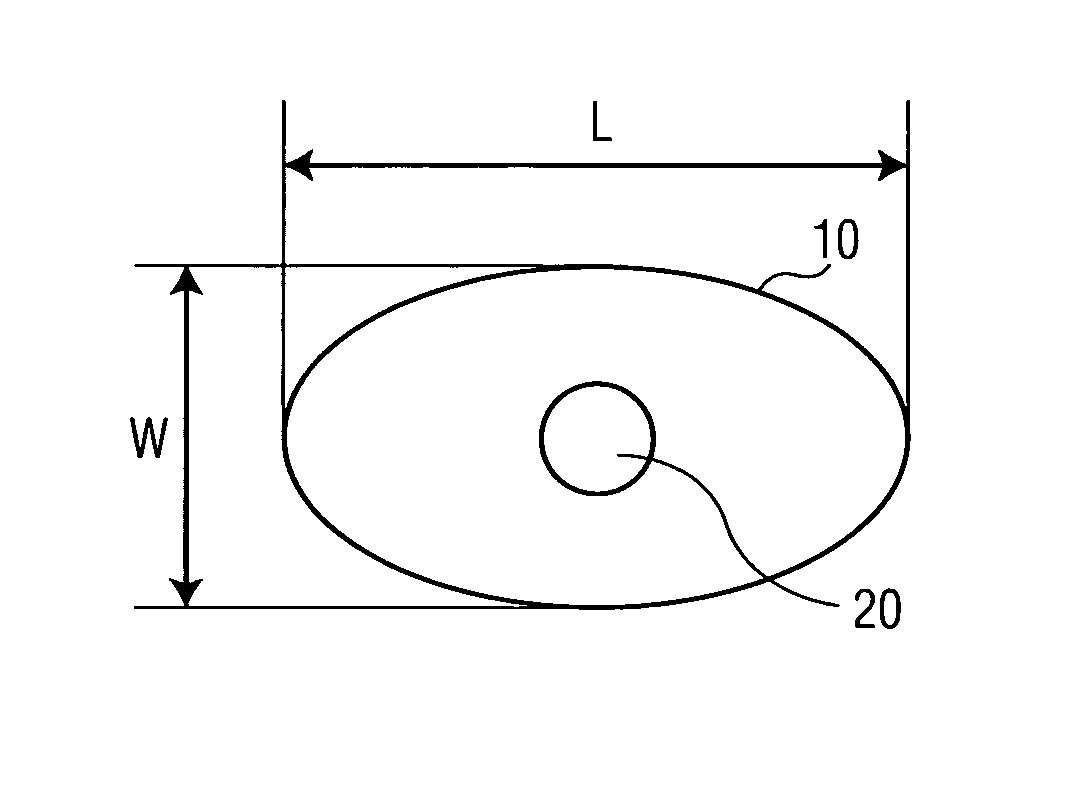Wave energy converter with asymmetrical float
a technology of asymmetrical float and wave energy, which is applied in the direction of control system, machine/engine, sea energy generation, etc., can solve the problems of increased susceptibility to being damaged under storm conditions, significant drawbacks of asymmetrical float use, and increased storm damage, so as to increase the survivability and operability of the wec, reduce the application of excessive, potentially destructive, forces, and increase the effect of energy captur
- Summary
- Abstract
- Description
- Claims
- Application Information
AI Technical Summary
Benefits of technology
Problems solved by technology
Method used
Image
Examples
example
[0046]In very long waves the decrease in wave forcing is small if the float is rotated (small because the wave is so long.) However, there will be less force on the bearings, so that could have a net improvement on power.
[0047]The control apparatus 400 encompasses the means to change and control the orientation of float 10. The apparatus 400 may be an active system or a passive system or a hybrid system. Also, the apparatus 400 may be designed to cause the float 10 to rotate incrementally or in a continuous manner over a wide angular range.
[0048]One embodiment of the apparatus is shown in a highly simplified block form in FIG. 4. Various wave conditions may be sensed and processed, and based on the processed information and predetermined data, the float and / or the spar may be rotated to re-orient the float with respect to the direction of the incoming waves.
[0049]FIG. 4 illustrates that many different sensors may be used to sense the condition of the waves and provide their signals ...
PUM
 Login to View More
Login to View More Abstract
Description
Claims
Application Information
 Login to View More
Login to View More - R&D
- Intellectual Property
- Life Sciences
- Materials
- Tech Scout
- Unparalleled Data Quality
- Higher Quality Content
- 60% Fewer Hallucinations
Browse by: Latest US Patents, China's latest patents, Technical Efficacy Thesaurus, Application Domain, Technology Topic, Popular Technical Reports.
© 2025 PatSnap. All rights reserved.Legal|Privacy policy|Modern Slavery Act Transparency Statement|Sitemap|About US| Contact US: help@patsnap.com



